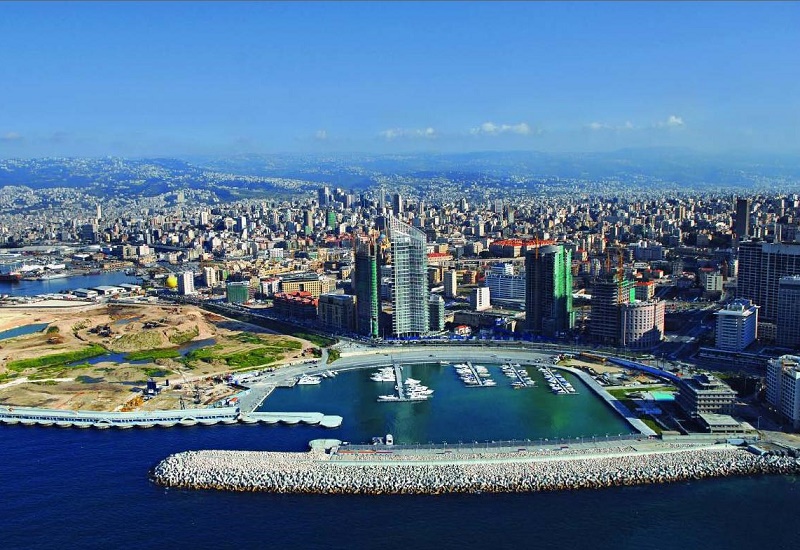Lebanon’s tourism industry is showing early signs of improvement, and the country will be promoting its tourism message at this year’s Arabian Travel Market (ATM) 2015.
According to Colliers International forecasting, hotel occupancy figure will go up to 49% for Beirut hotels, with a rise in tourism receipts by 7.9% (estimated value US$6.4 billion) in 2015.
Moreover, tourist arrivals increased for the ninth month in a row in February 2015, up year-on-year by 20.5% (175, 859 visitors) in the first two months of the year.
Visitors from the Gulf countries registered a strong increase with double-digit growth from Qatar, Saudi Arabia and the UAE as well as Egypt and Iran.
“Colliers reports an uptick across the board in January and February, from airport arrivals and average rate to hotel room occupancy. Lebanon has long been a favoured long weekend destination for GCC residents, and the added resurgence in Egyptian, and particularly, Iraqi tourists, in recent months, has created new demand,” said Nadege Noblet, exhibition manager for Arabian Travel Market.
According to a report from Bank Audi Research Centre, this is supported by a rise in passenger traffic at Beirut International Airport, which grew by 10.24% year-on-year in the first two months of 2015, recording 419,369 passenger movements, a record high for the period. The Colliers forecast predicts a RevPAR for Beirut’s three, four and five-star hotel market of US$78 this year, up 1% from 2014, and ADR of US$158.
A March 2015 SGBL Eco News Report also quotes figures from the Institute of International Finance (IIF), which is similarly forecasting a healthy – and much-needed increase – in tourism receipts, which are set to rise by 7.9% to reach US$6.4 billion this year, with a further possible increase of up to 12% in 2016, to touch US$7.2 billion.

| Advertisement |
“Lebanon’s diverse tourism product encompasses the stylish capital of Beirut with its chic cosmopolitan ambience and reputation for luxury retail, through to trendy beach locations, stunning natural beauty and mountain ranges, ancient cities and architectural heritage. This is a solid foundation on which to rebuilt interest and drive inbound arrivals,” said Noblet.
“In April 2014, Lebanon’s Ministry of Tourism launched its ‘Live, Love, Lebanon’ campaign, and this was a clear indicator of the government’s commitment to reviving the country’s tourism prospects as a major economic driver,” she added.
According to the World Travel and Tourism Council’s Lebanon 2014 report, the direct contribution of travel and tourism to GDP was US$3.2 billion (6.9% of total GDP) in 2013. Travel and tourism is also estimated to indirectly contribute US$9 billion (19.2%) of GDP in 2013.
In 2015, these figures are forecast to rise by 2.1% and 2.2%, respectively with the sector also generating 92,500 jobs in 2013; with forecasted growth of 2.7% in 2014.
Also, in July 2014, the non-profit organisation Beyond Beirut, which is funded by USAID, submitted a document detailing a five-year plan for development of a sustainable Lebanese tourism industry, which has been endorsed by various stakeholders including the Ministry of Tourism, ecotourism business and small guesthouse owners.
Lebanese companies exhibiting at this year’s ATM include SAAD Transport SAL, World Net Hotels, Rida International and Warwick MENA Hotel Management Company.









 Search our database of more than 2,700 industry companies
Search our database of more than 2,700 industry companies









